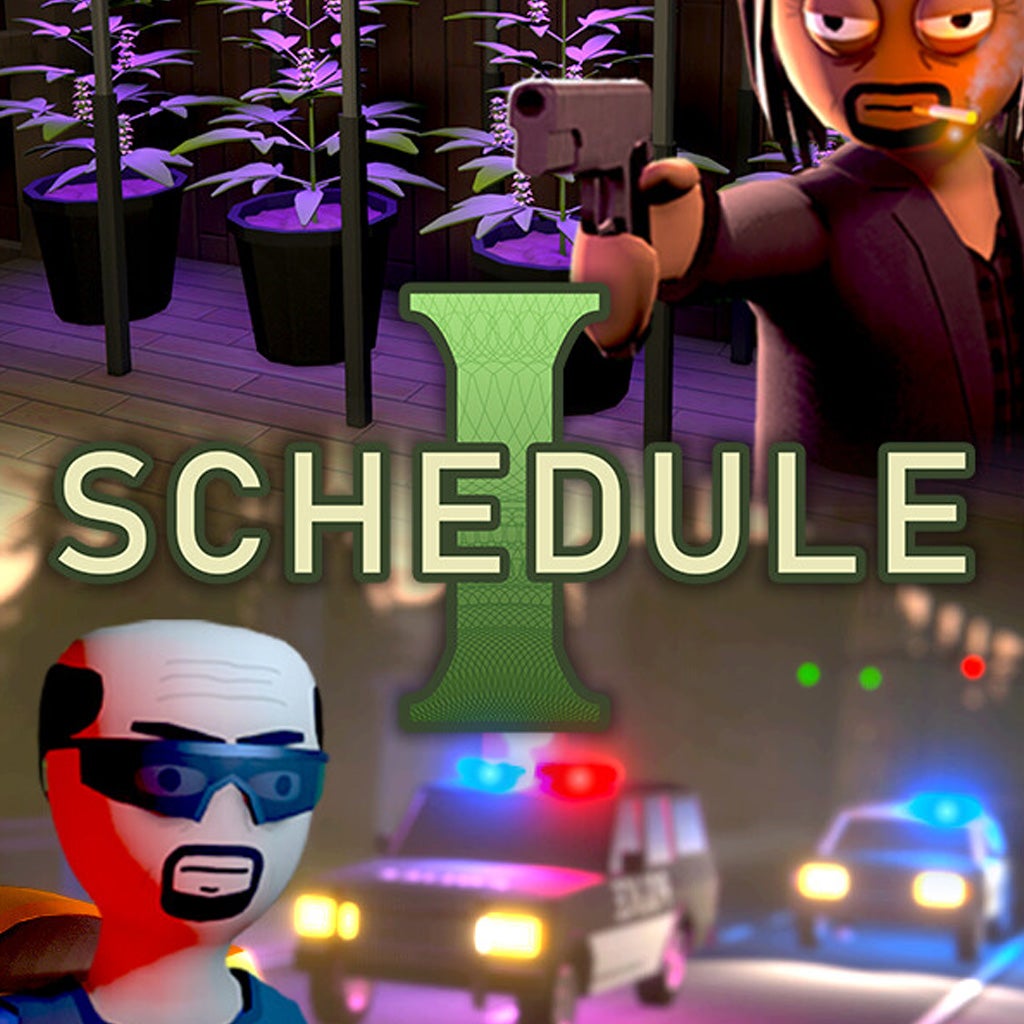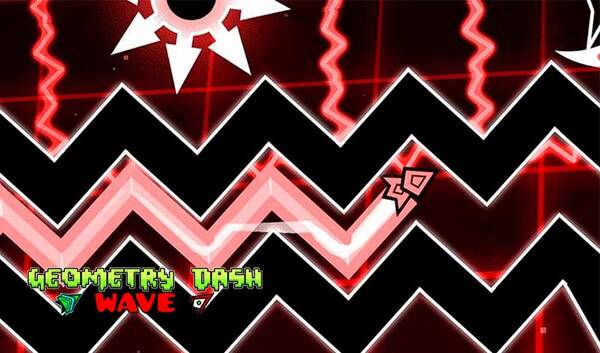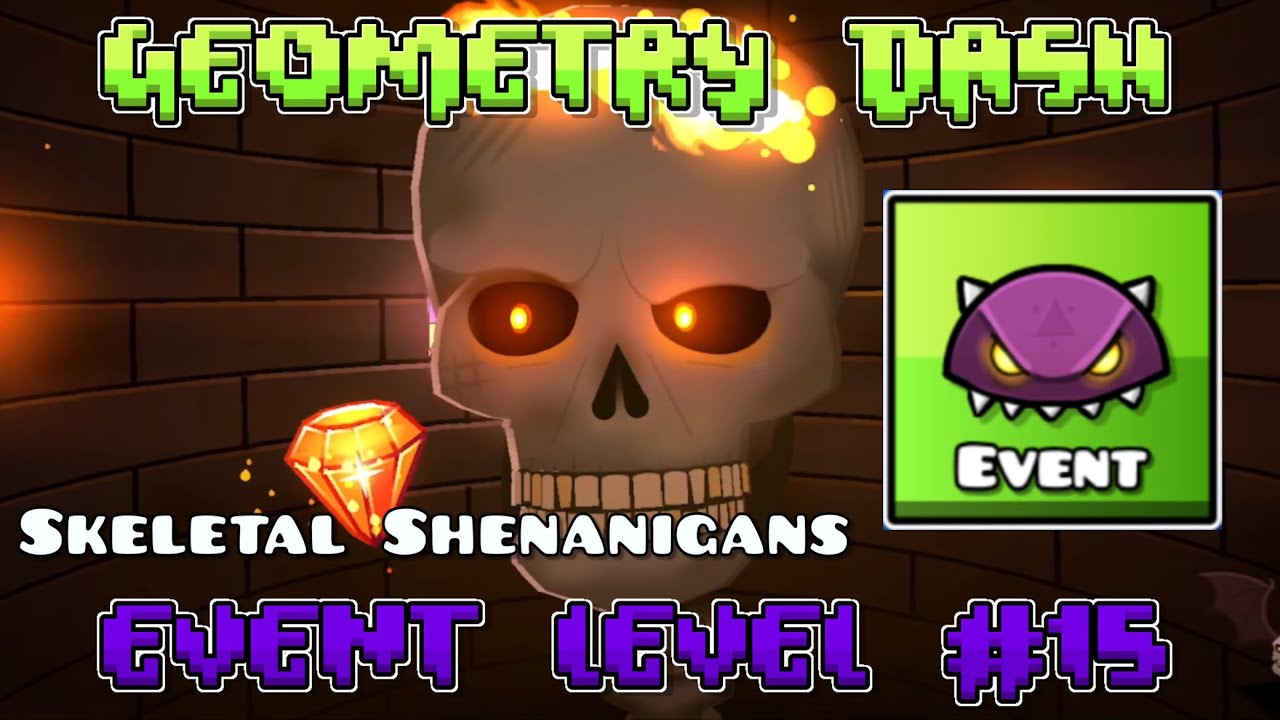Schedule I is not your average indie game—it’s an intense, cerebral experience wrapped in an interactive narrative about controlled substances, moral ambiguity, and survival under surveillance. Developed by MonRiver Games, Schedule I tasks players with managing the procurement, synthesis, distribution, and effects of restricted drugs under a fictitious yet deeply realistic authoritarian regime. Through strategic crafting, time-based mechanics, and shifting morality systems, the game immerses players in a simulation that’s as ethically challenging as it is mechanically intricate. In this article, we’ll break down the timeline of progression in Schedule I, exploring systems, mechanics, narrative choices, and the overall impact of this dark yet compelling game.
The Premise and Early Decisions: Waking Up in the Lab
Schedule I opens with the protagonist awakening in a derelict underground lab, with cryptic instructions, rusty equipment, and limited supplies.Introduction to Core Mechanics
Players must learn quickly how to interact with their environment: managing timers, power resources, and lab equipment while deciphering messages left behind by previous occupants.Establishing the Tone
The game’s atmosphere is oppressive, filled with flickering lights, surveillance cameras, and moral undertones. The first few hours are tutorial-heavy but already filled with narrative ambiguity.Basic Synthesis: Learning the Chemistry of Control
Players are introduced to the chemistry minigame, where timing, ratios, and temperature management are crucial.Reaction Tables and Equipment
Using burners, condensers, and pipettes, players experiment with real chemical formulas (fictionalized but plausible) to create controlled substances.Trial, Error, and Consequences
Incorrect combinations can lead to lab explosions, failed synths, or alerts to surveillance drones. A player’s reputation starts forming even in early synthesis.Resource Gathering: Risk and Reward in the Outside World
Eventually, players must venture outside their lab for ingredients, tools, and black-market upgrades.Urban Scavenging
Broken cities, quarantine zones, and government-controlled zones must be navigated stealthily. Encounters with informants or rival chemists add depth.The Day-Night Cycle
Certain actions are only viable at night or during certain weather conditions. Players must balance risk (being caught) with necessity (missing synthesis deadlines)Schedule I: Market Dynamics and Reputation Systems
Schedule I introduces a simulated black market where demand for certain compounds fluctuates weekly.Selling Compounds
You’ll need to select which recipes to mass-produce and which to reserve for trade with resistance factions.Reputation Trees
Your standing with law enforcement, dealers, and rebels shapes available missions, upgrades, and consequences. No playthrough is the same.Schedule I: Narrative Branching and Ethical Dilemmas
The heart of Schedule I lies in its player-driven morality.Should You Manufacture Addictive Compounds?
Players can create performance enhancers or highly addictive narcotics. One route offers cash, another offers safer public impact.Narrative Outcomes
Choices affect which characters live, what factions rise, and whether the player becomes savior, tyrant, or ghost.Advanced Crafting in Schedule I: Designer Drugs and Biotech Enhancements
Later gameplay introduces biological compounds and neural stimulants that affect gameplay systems.Enhanced Brain-Mapping Equipment
Players gain access to tools that analyze NPCs’ neurological responses to test compounds.Tuning Emotional Profiles
Certain drugs impact loyalty, empathy, and aggression in NPCs. These unlock different narrative outcomes and experimental simulations.Schedule I: Security Escalation and Surveillance Systems
As the player progresses, the fictional government ramps up its awareness of your lab.Avoiding Detection
Jamming devices, firewalls, and rotating lab locations become crucial mechanics.When You’re Caught
Being caught isn’t an immediate game over—but it has escalating consequences: raids, equipment seizure, or being forced to cooperate with the regime.Late-Game Systems in Schedule I: Genetic and AI Synthesis
Schedule I leans into sci-fi in its final acts, introducing lab-grown organisms and digital intelligence.Creating Bio-Hybrids
Players create neural-linked beings that act as companions, delivery agents, or lab assistants.AI Pharmacology
Combining machine learning with psychotropic compounds allows predictive drug synthesis, boosting output but increasing moral cost.Schedule I: Community Mod Support and Replayability
Modding is supported through an in-game SDK that allows users to create compounds, rewrite dialogue, and develop factions.Notable Mods
Top mods include “Moral Overhaul,” “NeuroDecay,” and “Silent City.” Each adds hours of new gameplay or rewrites key decisions.Dynamic Replayability
With branching timelines and factional influence trees, the game encourages multiple playthroughs to see every possible ending.Pros and Cons of Schedule I
Pros
- Deep chemistry and synthesis systems
- Meaningful moral and narrative decisions
- Complex reputation and market dynamics
- Immersive atmosphere and sound design
- Robust mod support
Cons
- Steep learning curve early on
- Some mechanics poorly explained
- UI can be overwhelming in later stages
- Occasional bugs with AI responses
- Not suited for casual or younger players
Schedule I: Final Expert Rating and Verdict
Schedule I stands as a bold experiment in both narrative complexity and simulation depth. It’s not a game for everyone—it requires commitment, critical thinking, and tolerance for ambiguity. But for those who enjoy immersive sims, ethically challenging gameplay, and unconventional progression systems, Schedule I is a must-play.Schedule I Rating Breakdown
| Category | Score |
|---|---|
| Narrative and Morality | 9.5 |
| Gameplay Complexity | 9.0 |
| Visual and Sound Design | 8.5 |
| Learning Curve | 7.0 |
| Replay Value | 9.5 |





























